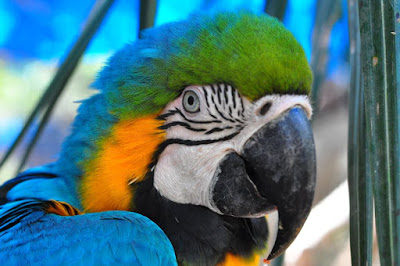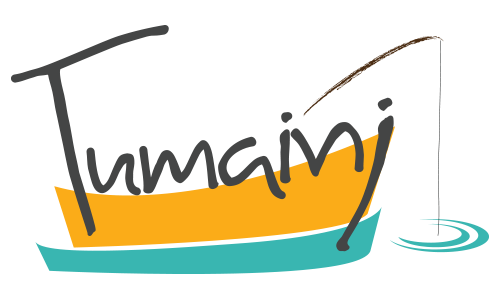
Plucked from the jungle: the terrible business of animal trafficking in Bolivia
 |
| An animal rescued in the central Bolivia. |
Juancho is a jaguar from Bolivia. He was bought by the Santa Cruz Zoo when he was a baby. When he grew up, they realised that he had hip problems so he was not suitable for public display. He was kept in a very small cage. One day, when they were doing maintenance work, they burnt his eye with a blowtorch. It became infected and, as they didn't know what to do, they asked for help from the rescue centre with which we collaborate.
Juancho can't see anything anymore and if it hadn't been for the rescue centre, would probably be dead. When he arrived at the project, the jaguar was very scared, but thanks to the care of the vets and the love of the volunteers, he has gained confidence and now feels comfortable and has a better life.
There are hundreds of stories like Juancho's in Bolivia. The illegal trade in wild animals (primates, felines, birds, etc.) moves millions of dollars and affects thousands of specimens. Internationally, this market generates 19 billion dollars a yearThe International Fund for Animal Welfare (IFAW) has reported that it is one of the world's largest illegal activities, making it one of the world's largest illegal activities.
 |
| Bird rescued in the Bolivia project. |
Hard data
The exact number of animals affected is almost impossible to obtain. According to the Bolivian government's Environmental Education Centre, more than 7,000 animals have been rescued since 2013. So far in 2018 in Bolivia alone, more than 7,000 animals have been 214 wild animals rescuedThat's almost two animals per day! Of that number, 46 were voluntary surrenders, 166 were confiscated, i.e. they were generally confiscated in markets or through sales through RRSS, and the remaining two were rescues.
| Primate of the central Bolivia. |
Why this business?
It depends on the species, but we can identify 3 uses:
1 There are some animals that are sold for their skin, tusks, etc. For example, jaguars, Andean armadillos or many birds for their feathers. Even in traditional Bolivian dance costumes, feathers of protected birds were used, armadillos were used as musical instruments, etc. Now these uses are prohibited.
For decades, jaguars have been highly sought after for their skin, which is used to make products for the fashion industry. In addition, their tusks, claws and testicles are valuable. You can pay up to $20,000 for them! That's a lot of money in Bolivia, a country where the minimum wage is $290. In China and other Asian countries, these tusks are highly prized because they are believed to increase men's sexual potency and cure diseases.
2 Another problem is that many people choose wild animals as pets.The main species of birds for export, both inside and outside Bolivia, are parabas or macaws (which are birds of the parrot family), monkeys, coatis, etc. For example, the blue-bearded paraba is being sold for more than USD 1,000 for export.
3 Some animals are more trafficked for their meat for human consumption.This affects wild pigs, jochis (a kind of rodent), etc. It is frequent in communities that live far away in the jungle and often consume this type of meat. The problem is when consumption becomes commercial and affects the species.
| Animal in the Bolivia project. |
The consequences?
Only 1 animal in 10 taken out of the wild survives to reach its final destination. Too many die on the way. After exploitation, they cannot return to live freely in the forest.
What can you do?
The NGO we work with in Bolivia combating illegal trafficking and protecting wildlife in Bolivia. Once an animal has been a victim of illegal trafficking, it is taken in at one of these rescue centres. There, professionals and volunteers give them the care and affection they need to live as naturally and freely as possible.
You can also collaborate by making a solidarity trip to Bolivia with the wildlife rescue centres with which we collaborate.




Ana Sil
Bolivia, being among the 10 countries in the world with the highest animal biodiversity, should be helped by supranational entities to protect its fauna, for this is the fauna of all. It is possible that the viability of the human race in the future may depend on the diversity of flora and fauna.
As a naturalist I participate in animal conservation projects, among them a website for the dissemination of endangered species with classifications by country, including, of course, Bolivia. (I leave the link so that everyone can see special features on Bolivia and its endangered species
Articles like this help wildlife conservation by raising awareness.
This initiative of yours as a travel agency for nature conservation is certainly to be commended.
CONGRATULATIONS!!!!